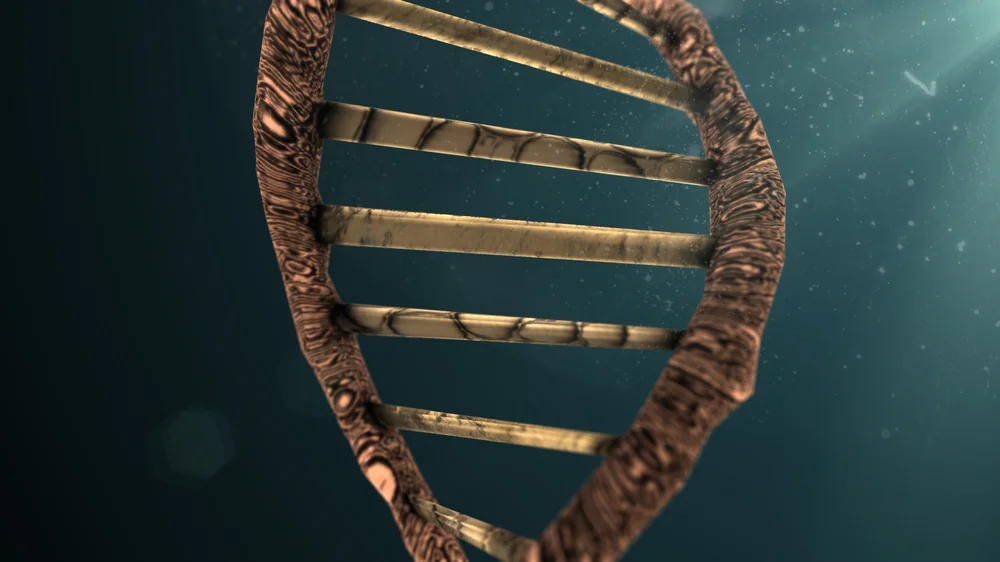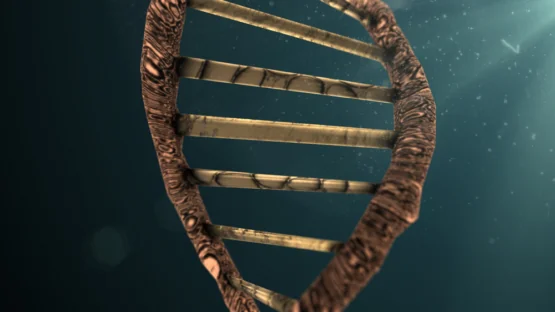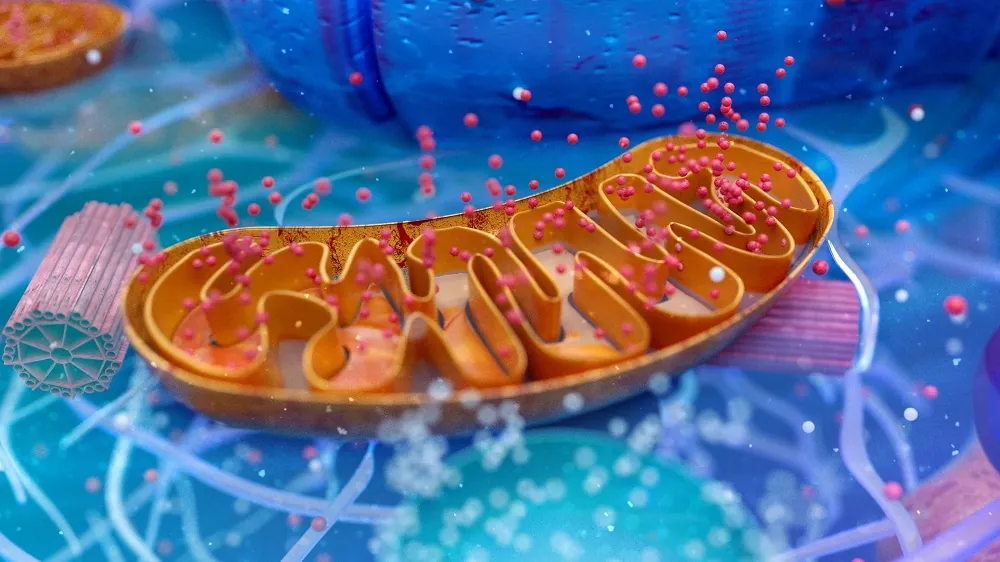A paper published in Experimental Gerontology has provided a fresh and detailed look at the effects of oxidative stress on longevity.
Revisiting an old theory
The free radical theory of aging, which purports that reactive oxygen species (ROS) are the core driver of aging, was developed all the way back in 1956 [1] and expanded upon in 1972 with a focus on the mitochondria [2]. While this limited theory has been superseded by more comprehensive and detailed models of aging, experiments have repeatedly confirmed that ROS do, in fact, drive mitochondrial damage [3], which is linked to a great many aspects of aging [4].
This review paper explores modern research into this old theory, elucidating the relationship between mitochondrial ROS and the longevity of different species.
Not consumption but production
Previous experiments relating to oxidative stress have focused on antioxidants, substances that are intended to reduce the amounts of ROS. Unfortunately, experimental evidence found that feeding antioxidants to animals did not have any beneficial impact in most cases, regardless of how they were administered [5]. In fact, organisms with more naturally occurring antioxidants in their bodies age more rapidly on average [6].
Instead, mitochondrial ROS production seems to be the key factor. The reviewers cite a multitude of studies showing that organisms that produce more free radicals in the mitochondria age more quickly. They even contend that this represents evidence for this aspect of aging being evolutionarily programmed: free radical leak, a key component of ROS production, varies by species, is strongly correlated with longevity, and is not well connected with body size. Pigeons, for example, naturally live much longer than rats and have considerably less ROS despite their high oxygen use [7]. Bats also have the same advantages [8].
A focus on mitochondrial DNA fragments
The researchers then turn their focus to the physical mechanisms involved. While the researchers note one study showing that oxidative stress leads to direct mitochondrial DNA damage, which is strongly associated with reduced longevity [9], along with another study showing that deleted mitochondrial DNA is associated with accelerated aging [10], the researchers hold that these deletions, in and of themselves, are insufficient to be substantial direct causes of aging.
Instead, they note that mitochondrial DNA fragments can accumulate in nuclear DNA in a process called numtogenesis [11], which these researchers hypothesize is driving a significant part of aging. This hypothesis is supported by evidence showing that rapamycin decreases nuclear mitochondrial DNA accumulation at the same rate it increases longevity [12]. Mitochondrial DNA can even circulate through the body, contributing to systemic inflammaging [13].
An amino acid as a target
The researchers posit that methionine reduction, which has been shown to increase longevity in mice [14], has such beneficial effects because methionine and its metabolites are connected to increased ROS production [15] along with multiple distinctly toxic effects within cells. They also suggest that methionine is a major part of the reason why high-protein diets are linked to oxidative stress and decreased longevity [16].
Conclusion
While these reviewers’ conclusions of the roles of ROS and mitochondrial DNA in aging may seem surprising, they are supported by experiments. Therefore, it is worthwhile to attempt to develop interventions that directly target ROS generation at its root or remove free-floating mitochondrial DNA from cells and tissues. If such interventions can be shown to work in small mammals, it may be very much worth it to test them in clinical trials in order to demonstrate whether or not they can reduce aging biomarkers and lengthen the lifespans of people.
Literature
[1] Harman, D. (2002). Aging: a theory based on free radical and radiation chemistry. Science of Aging Knowledge Environment, 2002(37), cp14-cp14.
[2] Harman, D. (1972). The biologic clock: the mitochondria?. Journal of the American Geriatrics Society, 20(4), 145-147.
[3] Halliwell, B., & Gutteridge, J. M. (2015). Free radicals in biology and medicine. Oxford university press, USA.
[4] Berry, B. J., & Kaeberlein, M. (2021). An energetics perspective on geroscience: mitochondrial protonmotive force and aging. Geroscience, 43(4), 1591-1604.
[5] Barja, G. (2004). Aging in vertebrates, and the effect of caloric restriction: a mitochondrial free radical production–DNA damage mechanism?. Biological Reviews, 79(2), 235-251.
[6] Perez-Campo, R., Lopez-Torres, M., Cadenas, S., Rojas, C., & Barja, G. (1998). The rate of free radical production as a determinant of the rate of aging: evidence from the comparative approach. Journal of Comparative Physiology B, 168, 149-158.
[7] Barja, G., Cadenas, S., Rojas, C., Perez-Campo, R., & Lopez-Torres, M. (1994). Low mitochondrial free radical production per unit O2 consumption can explain the simultaneous presence of high longevity and high aerobic metabolic rate in birds. Free radical research, 21(5), 317-327.
[8] Brunet-Rossinni, A. K., & Austad, S. N. (2004). Ageing studies on bats: a review. Biogerontology, 5, 211-222.
[9] Barja, G., & Herrero, A. (2000). Oxidative damage to mitochondrial DNA is inversely related to maximum life span in the heart and brain of mammals. The FASEB Journal, 14(2), 312-318.
[10] Trifunovic, A., Wredenberg, A., Falkenberg, M., Spelbrink, J. N., Rovio, A. T., Bruder, C. E., … & Larsson, N. G. (2004). Premature ageing in mice expressing defective mitochondrial DNA polymerase. Nature, 429(6990), 417-423.
[11] Singh, K. K., Choudhury, A. R., & Tiwari, H. K. (2017, December). Numtogenesis as a mechanism for development of cancer. In Seminars in cancer biology (Vol. 47, pp. 101-109). Academic Press.
[12] Martínez-Cisuelo, V., Gómez, J., García-Junceda, I., Naudí, A., Cabré, R., Mota-Martorell, N., … & Barja, G. (2016). Rapamycin reverses age-related increases in mitochondrial ROS production at complex I, oxidative stress, accumulation of mtDNA fragments inside nuclear DNA, and lipofuscin level, and increases autophagy, in the liver of middle-aged mice. Experimental gerontology, 83, 130-138.
[13] Picca, A., Lezza, A. M. S., Leeuwenburgh, C., Pesce, V., Calvani, R., Bossola, M., … & Marzetti, E. (2018). Circulating mitochondrial DNA at the crossroads of mitochondrial dysfunction and inflammation during aging and muscle wasting disorders. Rejuvenation Research, 21(4), 350-359.
[14] Fang, H., Stone, K. P., Wanders, D., Forney, L. A., & Gettys, T. W. (2022). The origins, evolution, and future of dietary methionine restriction. Annual Review of Nutrition, 42, 201-226.
[15] Gomez, J., Sanchez-Roman, I., Gomez, A., Sanchez, C., Suarez, H., Lopez-Torres, M., & Barja, G. (2011). Methionine and homocysteine modulate the rate of ROS generation of isolated mitochondria in vitro. Journal of bioenergetics and biomembranes, 43, 377-386.
[16] Żebrowska, E., Maciejczyk, M., Żendzian-Piotrowska, M., Zalewska, A., & Chabowski, A. (2019). High protein diet induces oxidative stress in rat cerebral cortex and hypothalamus. International journal of molecular sciences, 20(7), 1547.






